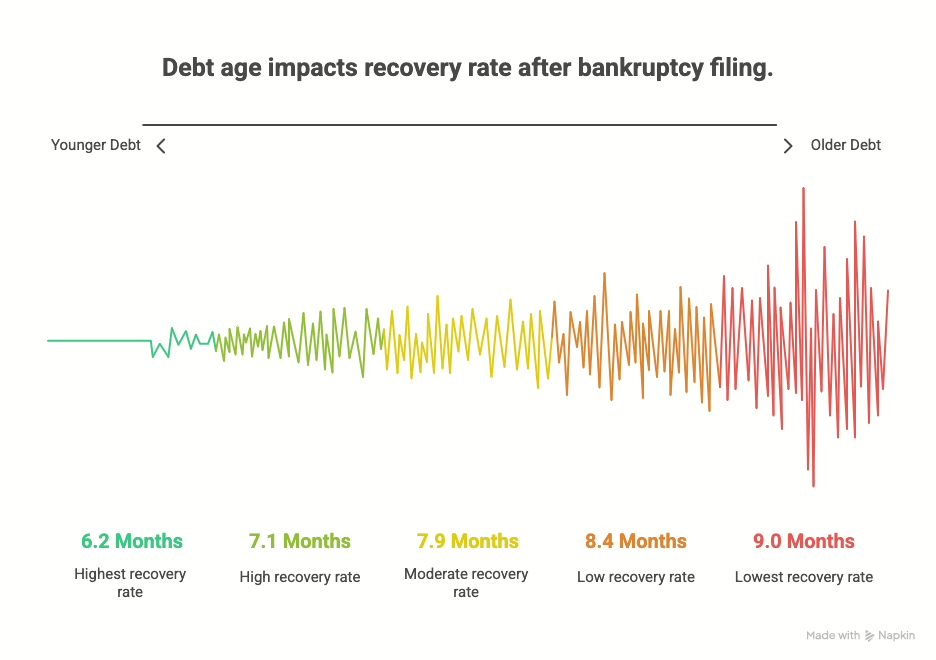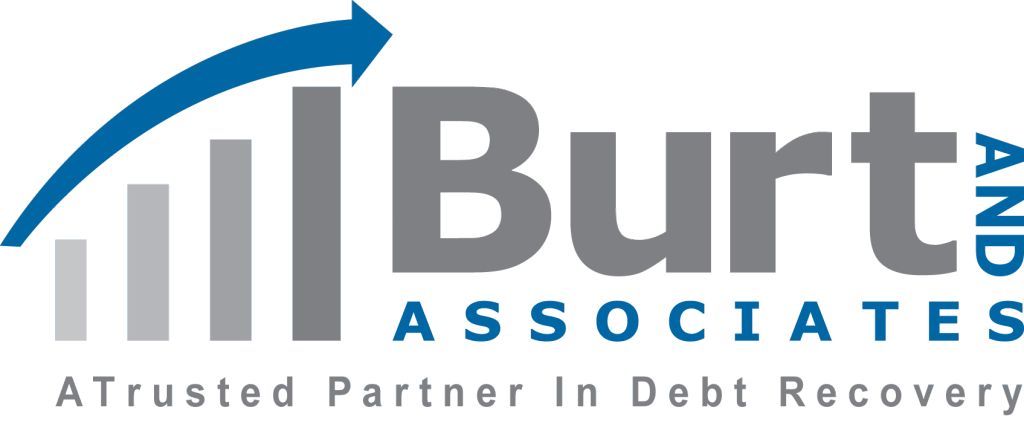Financial health is the backbone of long-term success for small business owners. While revenue growth and customer acquisition are often the focus, effective debt management is equally critical. One tool that stands out in managing debts and ensuring steady cash flow is amortization—a concept that can make seemingly insurmountable debts manageable and predictable.
This post will explore amortization, its benefits, and practical applications for small businesses. Understanding amortization can give you the financial clarity to move forward confidently, whether managing a loan, acquiring assets, or planning for growth.
What is Amortization?
Amortization refers to paying off debt through regular installments over time. Each payment typically includes two components:
- Principal: The original amount borrowed.
- Interest: The cost of borrowing, calculated as a percentage of the outstanding principal.
The result is a structured repayment plan that ensures the debt is fully paid by the end of the loan term.
Why Amortization Matters for Small Businesses
Debt is often necessary for business growth, whether taking out a loan to expand operations, purchase equipment, or manage unexpected expenses. However, unstructured repayment can lead to financial strain, making predicting and managing cash flow difficult.
Amortization provides structure and predictability by breaking down debt into manageable payments, ensuring businesses can plan while maintaining operational stability.
Key Benefits of Amortization:
Predictable Payments
Amortized loans have fixed payment schedules, allowing you to budget effectively without surprises.- Example: A business loan with a five-year amortization schedule will have consistent monthly payments, making managing cash flow easier.
Clear Debt Reduction
Each payment reduces the loan balance, offering a clear timeline for when the debt will be fully paid.Lower Risk of Default
Structured repayment schedules reduce the likelihood of falling behind on payments, protecting your creditworthiness.Cost Savings
Amortization allows borrowers to pay the principal gradually, reducing the interest owed.
Applications of Amortization for Small Businesses
Amortization plays a critical role in several financial scenarios for small businesses:
1. Business Loans
Small businesses often rely on loans to fund growth or cover operational costs. Amortized loans ensure that payments are evenly spread over the term, making it easier to balance debt repayment with other expenses.
- Example: A bakery taking out a $50,000 loan to upgrade its kitchen equipment can use a five-year amortization schedule to ensure manageable monthly payments.
2. Asset Acquisition
Amortization can also apply to assets like vehicles, machinery, or office equipment. By spreading the cost over the asset’s useful life, businesses can use the equipment while gradually paying for it.
- Example: A construction company amortizing the cost of a new excavator ensures the machine generates revenue while its cost is gradually paid off.
3. Debt Consolidation
Consolidating into a single amortized loan for businesses managing multiple debts can simplify payments and reduce overall costs.
4. Depreciation of Intangible Assets
In accounting, amortization refers to spreading out the cost of intangible assets, such as patents or trademarks, over their useful life. This ensures accurate financial reporting and compliance.
How to Use Amortization Effectively
For small businesses looking to leverage amortization, here are some practical tips:
1. Understand Your Amortization Schedule
Request an amortization schedule from your lender to see how each payment is allocated toward principal and interest. This transparency helps you understand your debt trajectory and plan for early payments if possible.
2. Negotiate Loan Terms
Work with lenders to secure favorable terms, such as lower interest rates or longer repayment periods, to ensure affordable monthly payments.
3. Monitor Cash Flow
Integrate your amortized loan payments into your cash flow management. Ensure you have enough liquidity to cover payments without sacrificing operational needs.
4. Plan for Early Payoff
If your financial situation improves, consider making additional payments toward the principal. This can reduce the total interest paid over the loan’s lifetime and accelerate debt repayment.
Real-Life Example: Amortization in Action
Case Study: A Small Retail Business
A small clothing retailer in Dallas took out a $100,000 loan to open a new store. The loan had a five-year amortization schedule with a 6% annual interest rate. Each month, the retailer paid $1,933.28, which included both principal and interest.
- Year 1: Payments were primarily allocated toward interest, with $70,000 of the principal remaining by year’s end.
- Year 5: The principal had decreased significantly, with interest payments making up a smaller portion of the monthly payment. By the final month, the retailer paid off the loan entirely.
Through amortization, the retailer was able to manage cash flow effectively, expand operations, and grow revenue.
Managing a smooth and timely financial close is no small feat for a finance manager. Even with the best strategies, unforeseen challenges can disrupt your process. That’s where partnering with Burt and Associates can make all the difference.
We specialize in ethical, tailored debt collection solutions that align seamlessly with your business goals. Let us handle the stress of managing overdue accounts so you can confidently focus on optimizing your financial close.
Small businesses face unique challenges in debt management, and we’re here to help. Our customized debt recovery strategies are designed to recover outstanding receivables, improve cash flow, and support your business’s financial health.
Ready to turn challenges into opportunities? Contact us today to take the first step toward a more efficient and stress-free financial close.
Let's Work Together to Optimize Your Business!
At Burt and Associates, we specialize in business-to-business (B2B) debt collection, prioritizing strong business relationships and tailored ethical recovery practices. Choose the approach that best fits your needs, and let’s take the first step toward improving your cash flow.
If you’re ready to discuss your overdue accounts and explore customized solutions, schedule a free consultation with one of our experts.
Schedule an Appointment.
Commercial Collection Topics
- What is Your DPO? For owners, it is essential to maintaining a good reputation with your suppliers to manage your DPO appropriately. Paying on...
- 8 Small Business Trends Running a small business requires a focus on the present daily operations. With time restraints looking ahead becomes difficult....
- A New Era for Debt Collection? Cash is King Listen to another episode Listen Listen About Transcript About CFPB 2024 Annual Report on Activities to Administer...
- The Role of Tariffs in Small Business Debt As small businesses navigate 2025, economic uncertainty continues to shape financial landscapes, with tariffs playing a pivotal role. Trade policies...














